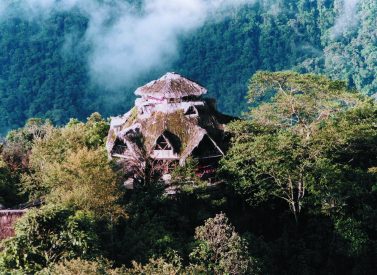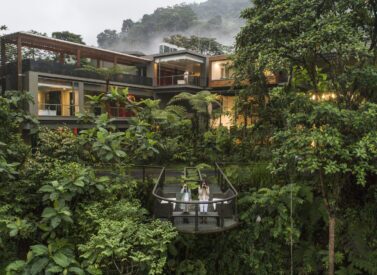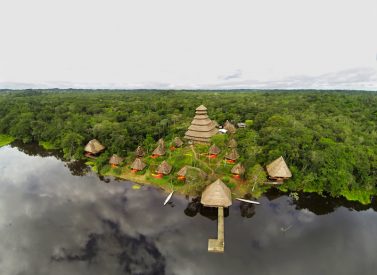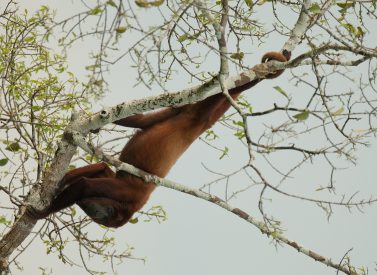
Liana Lodge, Ecuador Amazon
Discover the Amazon at Liana Lodge
Liana Lodge lies only 4 hours by car from Quito, yet it is set in a mix of primary and secondary, protected Amazonian rain forest.
Learn about traditional and medicinal uses of plants and get an insight into tribal life in the fascinating Ecuadorian jungle.
Curious monkeys released as part of the nearby animal rescue centre’s monkey project often visit you at Liana Lodge, and a visit to AmaZOOnico will give you an insight into the work being done to protect Ecuador’s wildlife – in fact, your stay contributes financially to the running of the project.
More on Liana Lodge, Ecuador
You reach Liana Lodge by road from Quito or Baños and thanks to newly paved roads the journey time from Quito now is only around 4 to 5 hours.
The drive is scenic, taking you from the Andes into the Amazon basin, with ever-changing scenery along the way.
The short travel time, lack of flights and malaria make this a good choice for families or anybody short of time.
Walks and activities at the lodge are tailored to your interests and wishes and stays can be shorter or longer.
Trip Highlights
Print Share Download as PDF-
Visit an animal rescue centre.
-
Great introduction to Amazon rainforest of Ecuador.
-
Family-friendly itineraries.
-
Easy to access yet full of wildlife.
Your organisation was faultless. We were most impressed.
It wasn't just that it all went so smoothly but that your arrangements were so well judged.
We were the envy of other travellers.
T. Morgan, Ecuador Family Holiday
Full Itinerary
Day 1: Pick up hotel Quito, Papallacta hot springs, canoe to lodge. Liana Lodge. (D)
We begin our journey by picking you up from your hotel in Quito. On the way, we’ll stop at the beautiful Papallacta Hot Springs, nestled in picturesque surroundings. Enjoy a relaxing dip for about 1.5 hours before we continue, gradually leaving the Andean highlands and entering the lush, humid jungle lowlands. Passing through the town of Tena, we’ll drive by banana trees and stilted wooden houses before arriving at the Arajuno River. Here, a canoe awaits to take us downstream to Liana Lodge (about 15 minutes).
After checking in, you’ll have some free time to explore the surroundings or unwind in a hammock. After a delicious dinner, embark on a guided night walk to spot nocturnal animals, drifting off to sleep later to the sounds of the jungle.
Overnight at Liana Lodge.
Day 2: Amazoonico animal sanctuary, tubing or alternative activities, canoe by night. Liana Lodge. (B,L,D)
Following breakfast, we’ll walk through the forest to AmaZOOnico, an animal rescue center. During the hike, your guide will introduce various plants and their traditional uses in the jungle. Upon arrival, volunteers will guide us through the center, where you’ll see jungle animals up close and learn about the project’s mission to release as many as possible back into the wild.
After the tour, we’ll return to the lodge by canoe for lunch. In the afternoon, we’ll head upstream by canoe, and then leisurely float down the river on tubes.
The river is safe for swimming, and you’re welcome to enjoy a swim near the lodge as well. If you’d like, try fishing the traditional way along the riverbank with a net.
Dinner and overnight at Liana Lodge.
Day 3: Visit local fruit plantations, afternoon activities. Liana Lodge. (B, L, D)
After breakfast, we’ll visit a nearby island to explore plantations of local fruits, including bananas, coffee, papaya, cocoa, and more. Our guide will share insights into Amazonian life and traditions, and you’ll have the chance to try a blow gun or taste the local drink, chicha.
We return to the lodge for lunch, and in the afternoon, set off by canoe to a small beach where your guide will demonstrate gold panning, and you can give it a try! For sunset, head to the lodge’s viewpoint for a beautiful view over the river.
Optional: A shaman can visit the lodge (additional cost) to share insights on traditional healing practices in local culture.
Dinner and overnight at Liana Lodge.
Day 4: Return to Quito. Drop off in Quito. (B)
After breakfast, we’ll say our goodbyes and begin the return journey to Quito, where you’ll be dropped off at your hotel.
Prices From $865 / £703 per person
What's Included?
Private transport on day 01 and 04 from/ to Quito, English speaking translator at lodge, native guide, accommodation in shared double, meals as listed (B=breakfast, L=lunch, D=dinner), mentioned excursions, wellington boots, entrance fee to Papallacta hot springs.
What's Not Included?
Shaman visit (extra cost), English speaking guide at lodge, hotel in Quito (can be added), drinks, personal expenses, tips and insurance.
Accommodation
Liana Lodge consists of 9 double cabins with a total capacity of 13 double-rooms (with two beds), 3 three-bed rooms and one four-bed room.
The cabins each have a large balcony and are situated in the lush green of the typical rainforest vegetation and are accessible by natural paths.
The central building hosts the reception area with the hotel administration, the restaurant and bar, and an open fireplace where you you can sit comfortably and enjoy a few drinks from the bar.
In the rainforest there is no electricity in the restaurant and rooms.
Tour Staff
Liana Lodge employ smainly local staff from our Quichwa community, who receive regular onsite training and help from external specialists. The hotel provides a regular income to more than 15 families in the region.
Guides speak Quichwa and Spanish, and there are English translators at the lodge to translate for you.
Meals
Almost all dietary requirements can be catered for – please ask for more information.
In our lodge restaurant you can enjoy our first-rate delicious local and international meals.
Lots of fruits and locally sourced ingredients feature.
Activity Level
This tour is open to all ages and abilities.
Practical Information
Introduction to Ecuador
Ecuador is the second smallest South American country, and one of the most varied.
It comprises three main geographical areas: the coast, highlands and Amazon plus is home to the Galapagos Islands.
Because of its relatively compact size, it makes a great holiday destination as you can move from highlight to highlight fairly easily and rapidly.
Ecuador mainland climate
Ecuador lies between latitudes 4º south and 2º north. Overall, climate varies according to time of year, altitude and region.
In the Ecuadorian highlands, there is little temperature variation by season; this depends largely on altitude.
In Quito, shade temperatures range from 6 to 10ºC in the morning and from 19 to 23ºC in the afternoon, with cool nights. In the lower intermontane basins, it gets significantly warmer.
Rainfall depends on whether an area lies closer to the eastern or western Andes. To the west, June to Sept is the dry period and Oct to May the wet (with often a short, dry spell in Dec or Jan).
The best period to visit Quito and trek and climb volcanoes such as Cotopaxi is the west Andean dry season of June to Sept and Dec/Jan. This is also Ecuador’s high season. During the Oct to May wet season, most rainfall is in the afternoons.
To the east, Oct to Feb are dry and March to Sept are wet. Overall, the southern highlands are drier than the northern highlands.
Quick facts about Ecuador
Official name: Republic of Ecuador
Country population: 15,000,000
Capital city: Quito (2.51 million)
Largest cities: Guayaquil, Quito, Cuenca, Machala
Languages: Spanish (official), Quechua
Latitude/Longitude: 2º S, 77º 30 W
Official currency: US dollar
Major industries: bananas, shrimp, oil, gold, roses
Time zone: GMT-5 (Galapagos GMT-6)
Kit list
Good kit is vital for every trip.
Book with Andean Trails and get 15% off Páramo’s fantastic ethical and high performance outdoor gear.
You can also read our blog about a day in the Amazon rainforest of Peru.
Detailed kit list
- The original and a photocopy of your passport.
- Yellow fever inoculation certificate.
- Good binoculars.
- Tight-weave, light weight long trousers.
- Quick dry socks.
- Rain suit or long poncho (100% waterproof – test before you leave home).
- Long-sleeved tight-weave shirts.
- T-shirts.
- A bottle or canteen to carry water on outings (1-2 litres).
- Sunscreen (factor 30+) and lip salve.
- A broad-brimmed hat that will not come off on windy boat-rides.
- 1-2 pairs of shorts.
- Sunglasses with UV filter.
- A pair of trainers.
- Ankle high, hiking boots.
- Insect repellent.
- Towel & wash-kit.
- Wet Wipes/antiseptic hand-wash cream.
- Head-lamp (plus spare bulb and batteries).
- Personal first-aid kit to include: painkillers, plasters (band-aids), moleskin, anti-biotic cream, general antibiotics (ask your GP), after-bite (tiger balm), anti-diarrhoea tablets, throat lozenges, re-hydration salts & personal medication.
- Cash (small denomination bills) for souvenirs at the lodge, alcoholic beverages, etc.
- A small day pack, 30 litres.
- Camera and film / memory cards (take at least twice the amount you think you will need!).
- Book, e-book, mp3 player/ipod or other to help pass the time.
- Spanish/English phrasebook.
- Extra snacks i.e. cereal bars or favourite chocolate bars.
Please note: Guests should arrive in clothes which they do not mind getting slightly dirty or wet, and should wear footwear that is suitable to walk on a rainforest trail. Sun cream, insect repellent, hat and waterproof clothing should be carried in hand luggage and kept accessible for the journey to the lodge.
You may want to keep your binoculars and camera handy, too.
All bedding, toilet paper etc. is provided at the lodge (or camp, if camping).
Responsible Travel - our ethos
Andean Trails believes in Responsible Travel and actively supports several community projects.
Please see Our Advice and Our Ethos for more, and learn about the Projects We Support.
We operate the Inca Trail, our treks and tours with local firms.
We make sure that on our tours and Inca Trail we employ local staff, who are paid fair wages.
With the Inca Trail, We provide free life insurance to all of our porters. Tented accommodation and meals are provided for all trekking staff as well as foam mats, sleeping bags and rain ponchos. We have also provided the staff with trekking shoes. We ensure our porters carry a maximum of only 20kg. We offer them backpacks and they generally use back supports.
Clean burning fuel is used to cook the meals on the Inca Trail and porters carry gas stoves and butane bottles. We use biodegradable detergents when washing the cooking and eating utensils. If any part of our tour or trek is operated by another company, we try to ensure that high standards are maintained.
Our additional support helps the Huchuy Yachaq project which supports children and families in one of the poorest communities in the district of Cusco.
Ecuador’s Amazon rainforest
Some 40% of Ecuador’s and is covered by Amazon rainforest.
As well as being rich in wild life, Ecuador’s rain forest is still home to a multitude of indigenous tribes, some of which have opened their communities to ecotourism.
A 4 or 5-day visit to one of the quality lodges will allow you to venture into beautiful primary forest.
Native guides lead you on verdant forest trails where you will see monkeys, tortoises, frogs and an array of birds including toucans and macaws.
Large mammals like jaguar, tapir and giant anteater have been spotted, but are elusive.
Ecuador’s Cloud Forest
Ecuador’s cloud forest covers its rolling hillsides as they descend from the high Andean plateaus into the rain forest or down to the Pacific coast.
Most of this tropical forest lies between 1,200-2,700m/3,937-8,858ft above sea level, an evergreen, lush and moist forest, teeming with bird and insect life.
Much of the cloud forest is readily accessible from Quito making it perfect a 2 or 3-day stay.
There are many lodges with virgin forest, home to a dazzling variety of hummingbirds, refreshing waterfalls for swimming, zip lining and wildlife walks.
The humming birds, Cock of the Rock and the chance of spotting larger mammals such as the spectacled bears are just some of the attractions of spending some time in this amazing ecosystem.
Cotopaxi, Ecuador
Cotopaxi National Park is dominated by the almost perfect cone shape of Cotopaxi (5,897m/19,347ft), an active volcano and the second highest mountain in Ecuador after Chimborazo.
The national park is well worth a visit for trekking in the foothills, climbing smaller peaks like Ruminahui, downhill mountain biking, horse riding or just enjoying the National Park itself.
The surrounding páramo is good for bird watching – you may see condors soaring above.
There are lots of lovely hacienda and mountain refugios to stay at in and around the park, and from which there are a variety of walks, horse rides and bike rides for all levels.
Ingapirca Ecuador
Ingapirca (meaning wall of the Inca) is just an hour from Cuenca and is the most important Inca archaeological site in Ecuador.
The site is in good condition and consists of a main elliptical building thought to be a sun temple, with typical Inca features such as trapezoidal doorways and niches.
There are Inca trails leading to and from the site, so you can visit on a day trip or incorporate a visit as part of a trekking itinerary.
You can travel here from Cuenca, or make it part of a trip from Baños to Cuenca.
Quito, Ecuador
Ecuador’s vibrant capital Quito sits in a stunning location, surrounded by snow capped volcanoes and many of the high peaks of the Andean sierra.
There is plenty to do for visitors of all ages and interests. The old town of Quito is a UNESCO world heritage site, with many beautiful churches and colonial facades, a wonderful range of museums and picturesque squares.
For an over view of the city and along the Avenue of volcanoes to north and south and to help with acclimatising try taking the Teleferico (cable car) up the eastern slope of Pichincha volcano.
At night Quito is a lively city. Head to the modern Mariscal area where tourists and locals alike find a great range of restaurants, bars and night clubs.
Prices From $865 / £703 per person
2025 price, per person, based on two sharing a room
Shorter/longer stays possible
Based on two people sharing a room

Dates & Prices
Prices From $865 / £703 per person
2025 price, per person, based on two sharing a room
Shorter/longer stays possible
Based on two people sharing a room
Can’t find what you’re looking for? Get in Touch
+44 (0)131 378 5593
+44 (0)131 554 6025



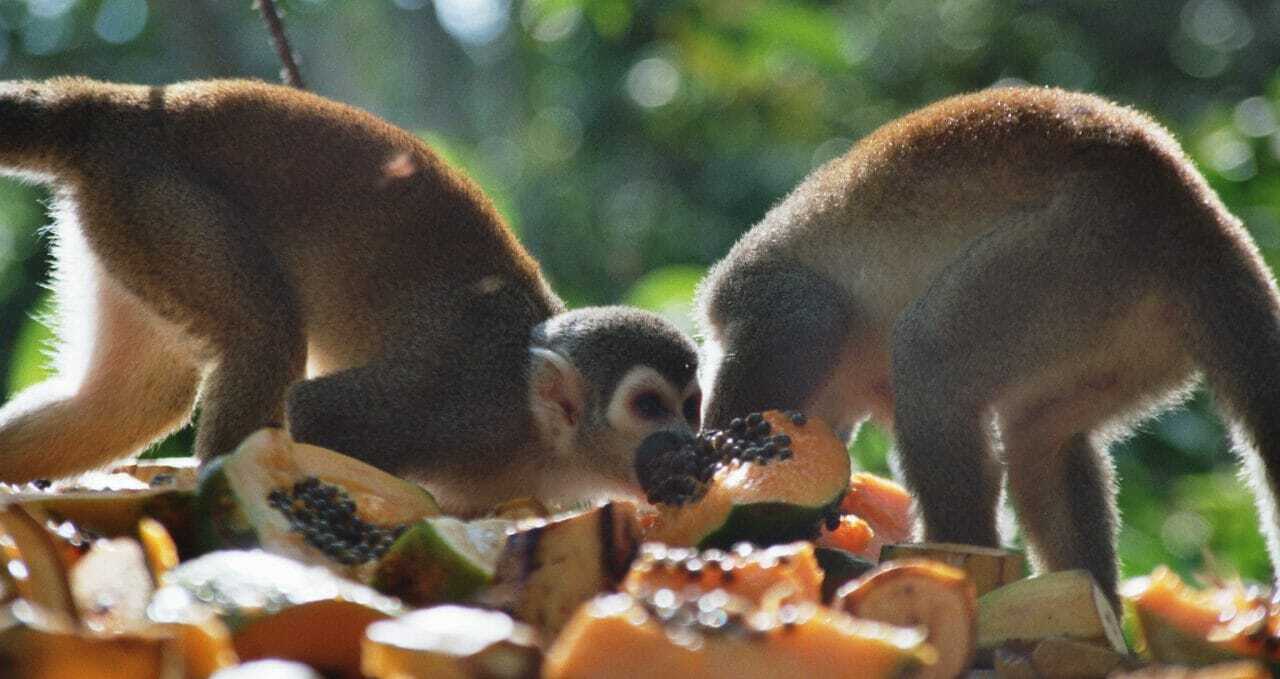
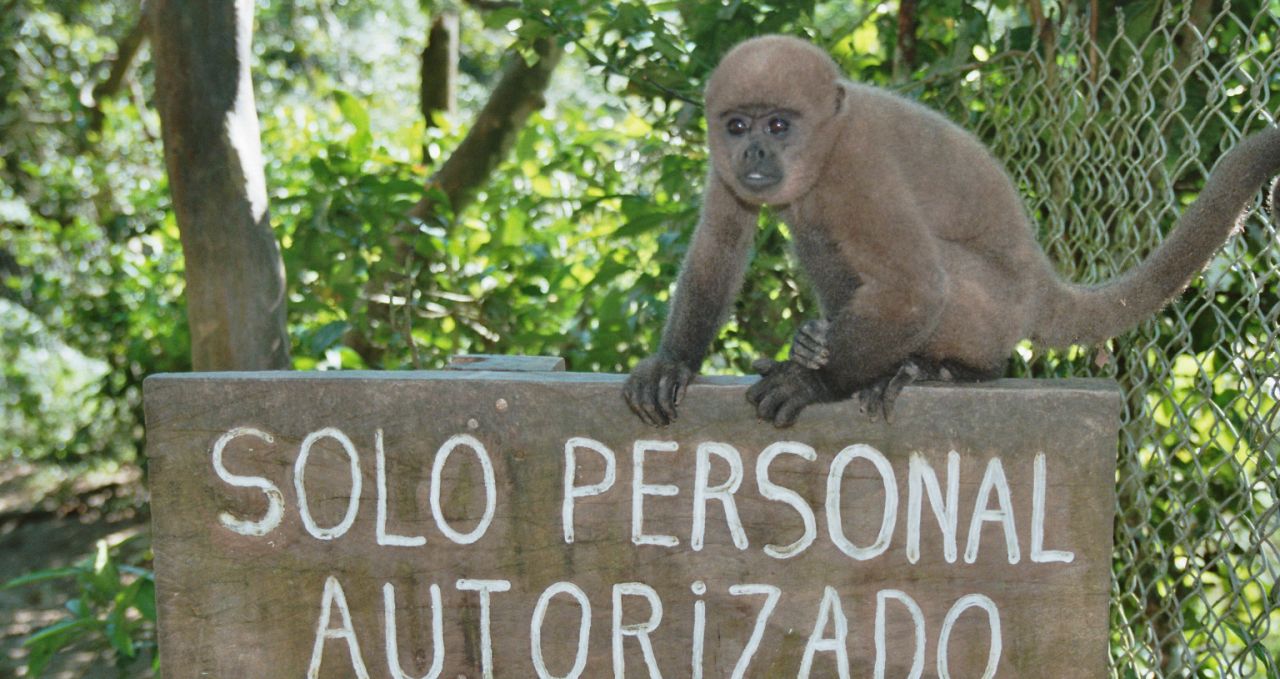
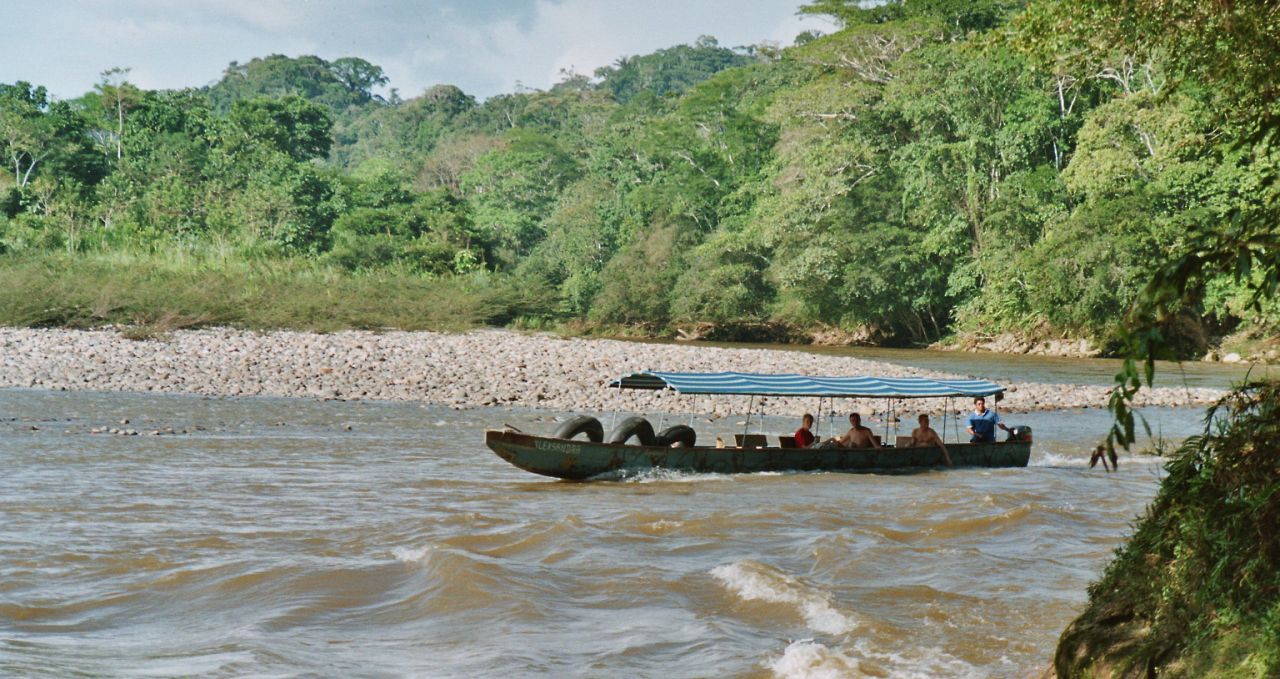
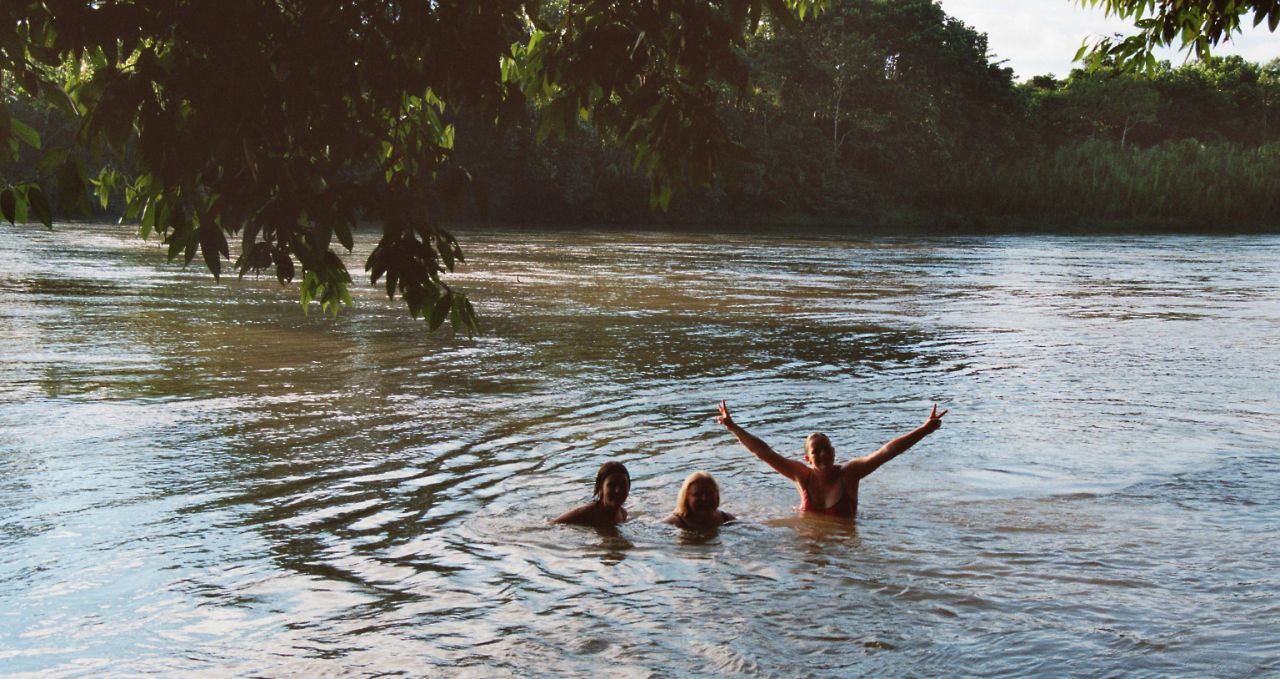
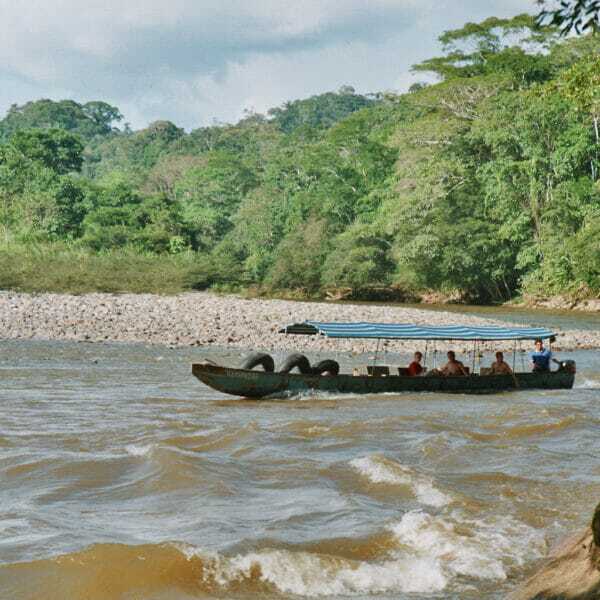
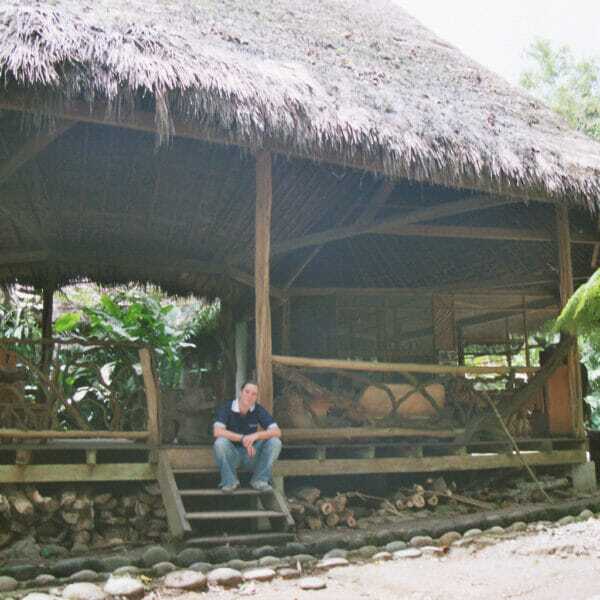
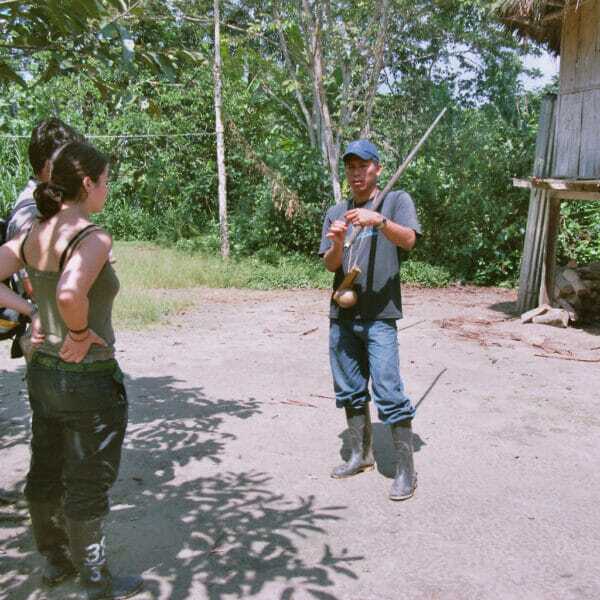
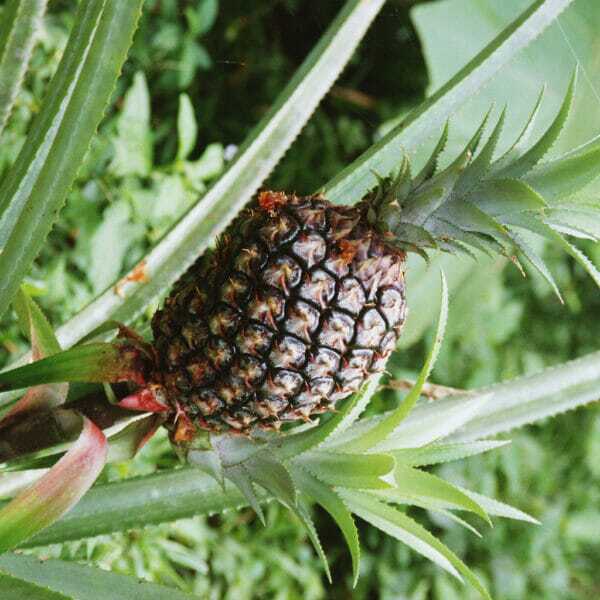
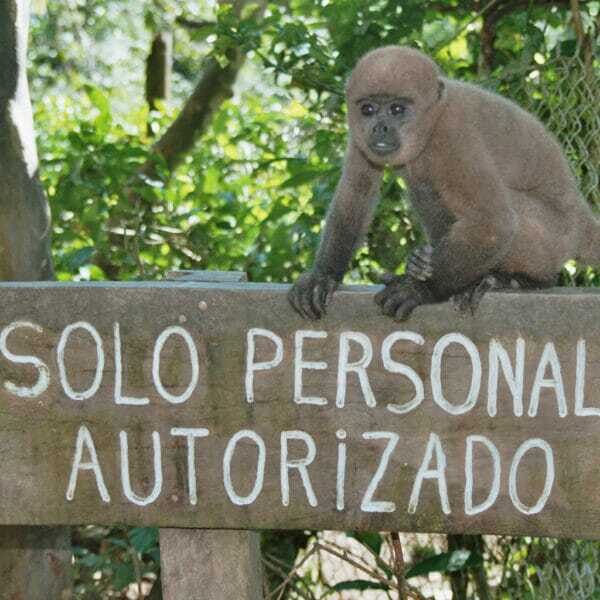
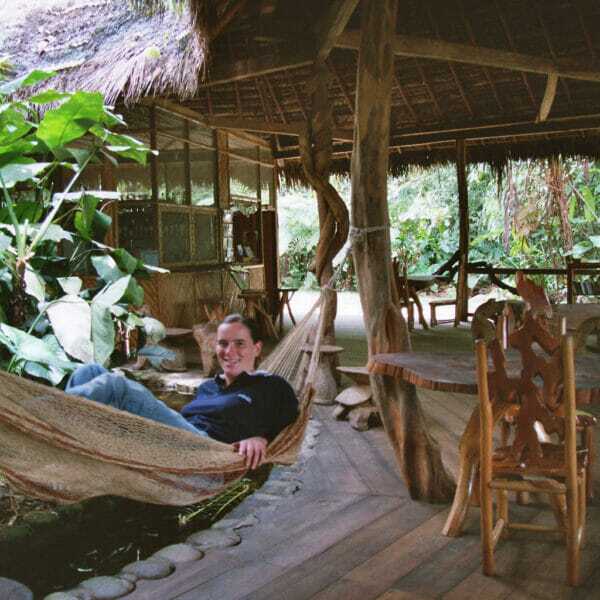
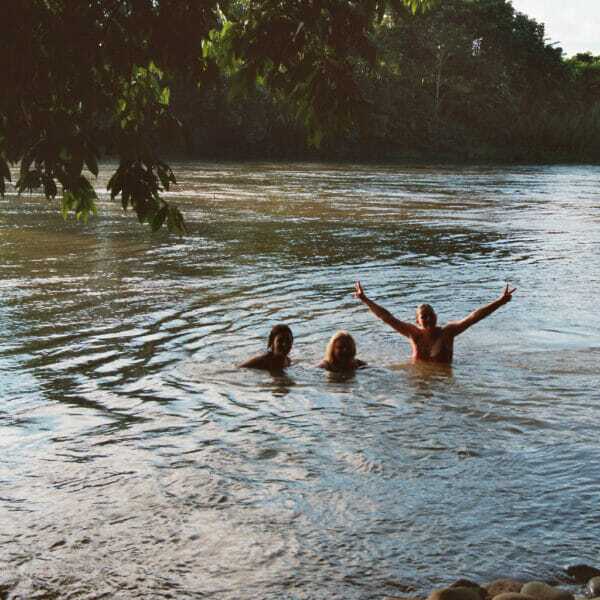
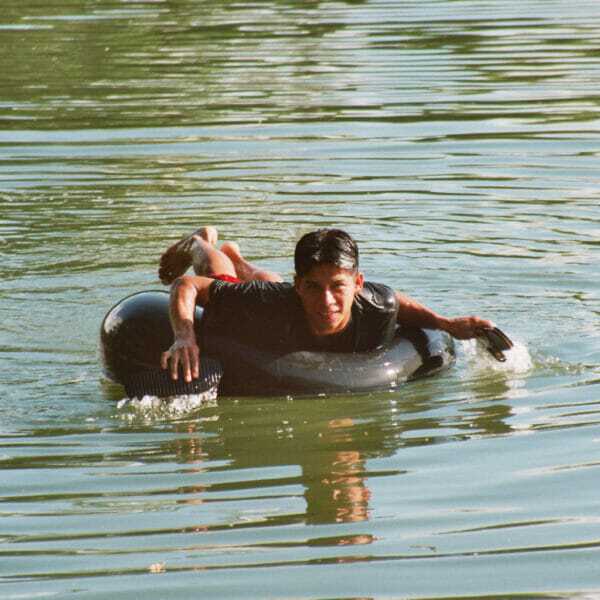
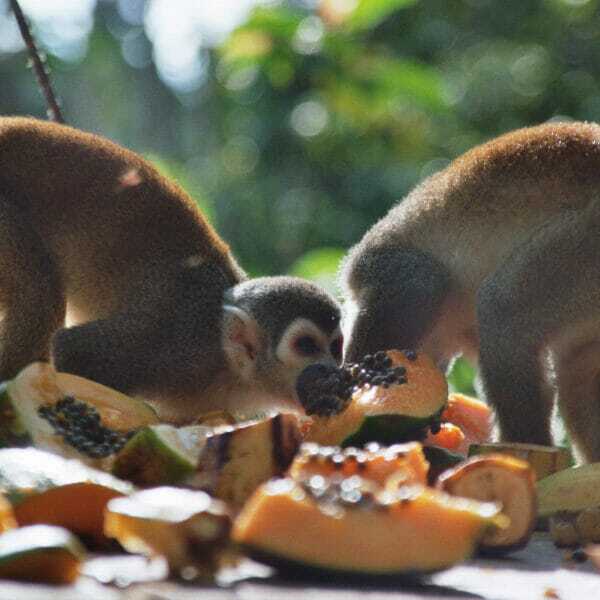
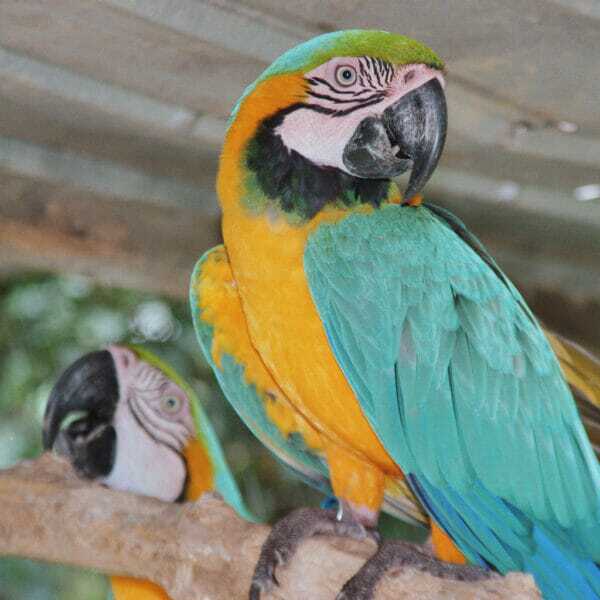
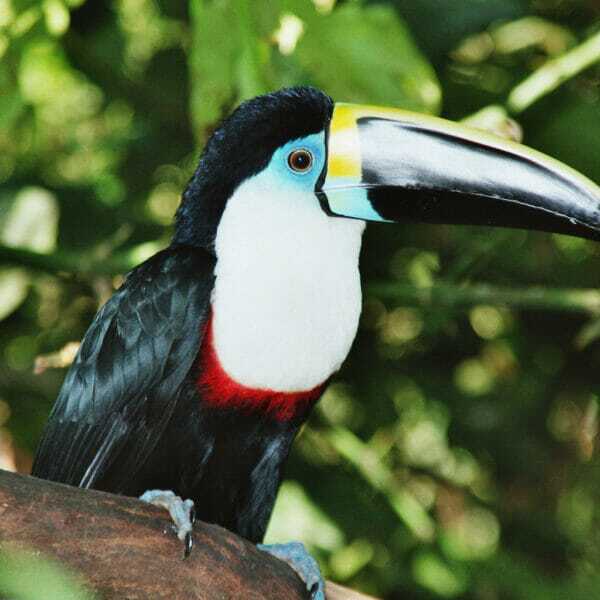
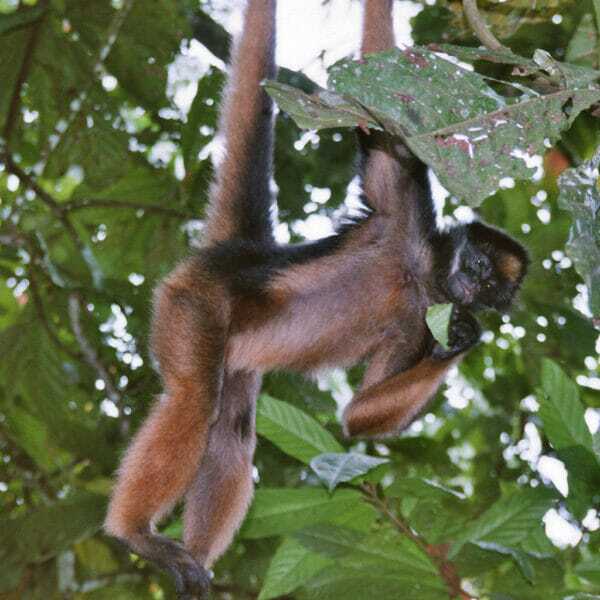
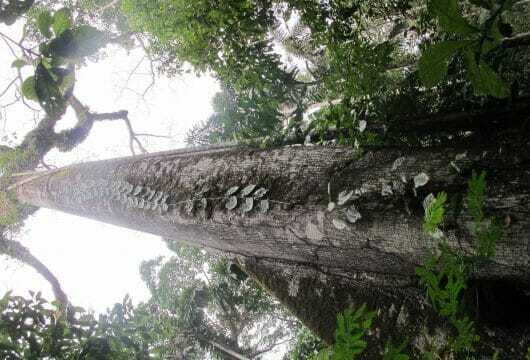
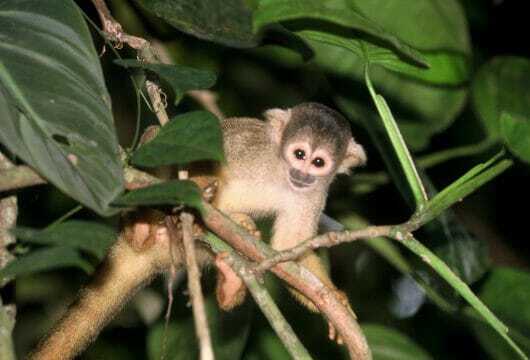
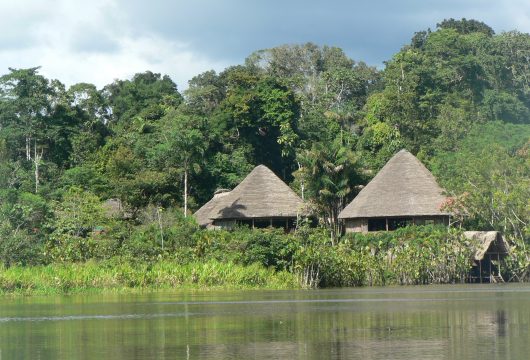
 a Group Tour
a Group Tour  a Tailor Made Tour
a Tailor Made Tour 